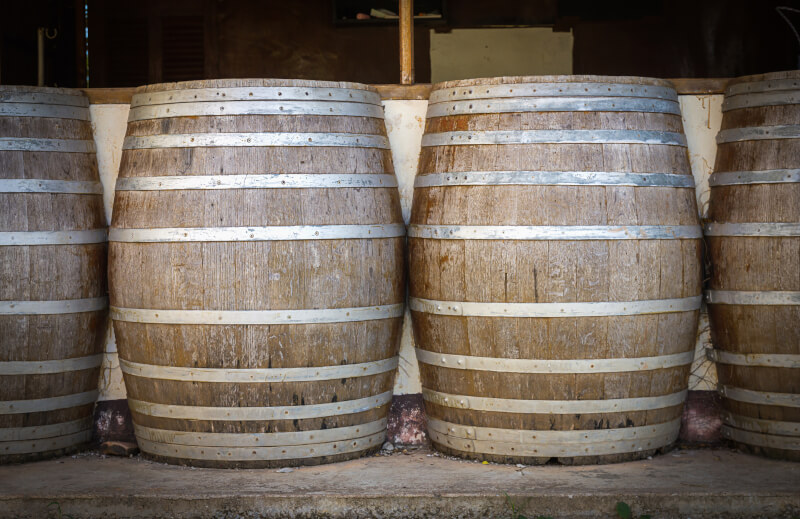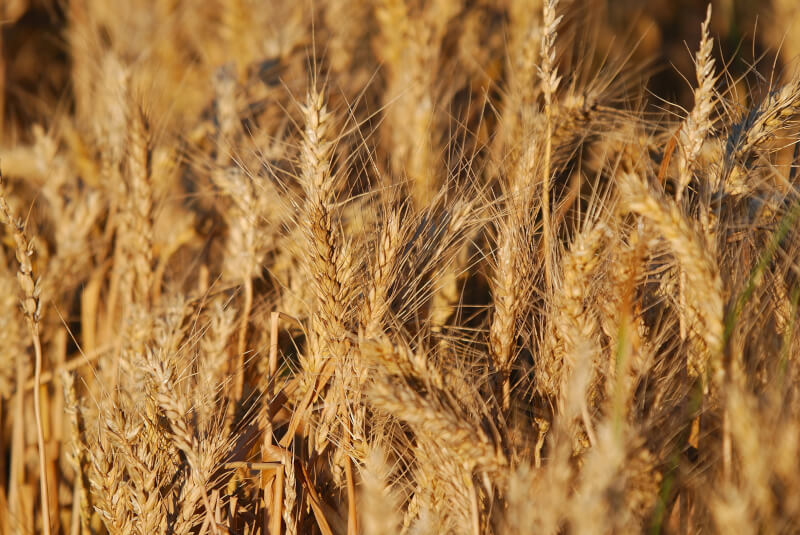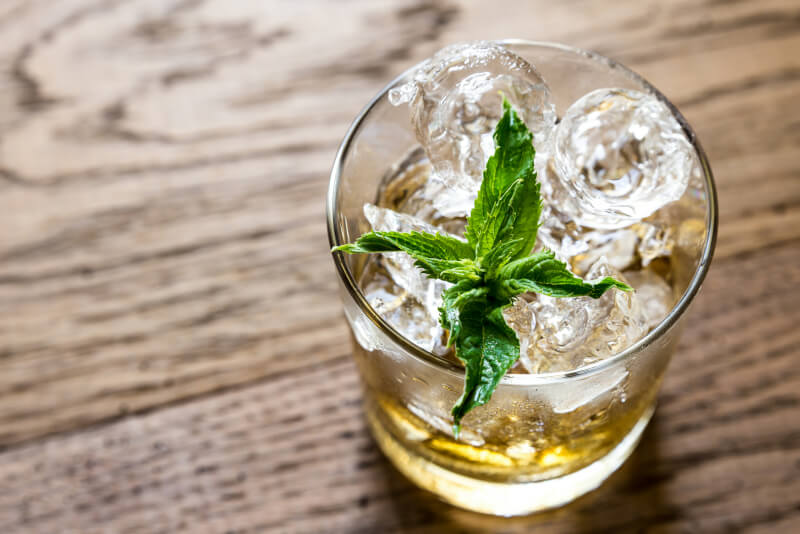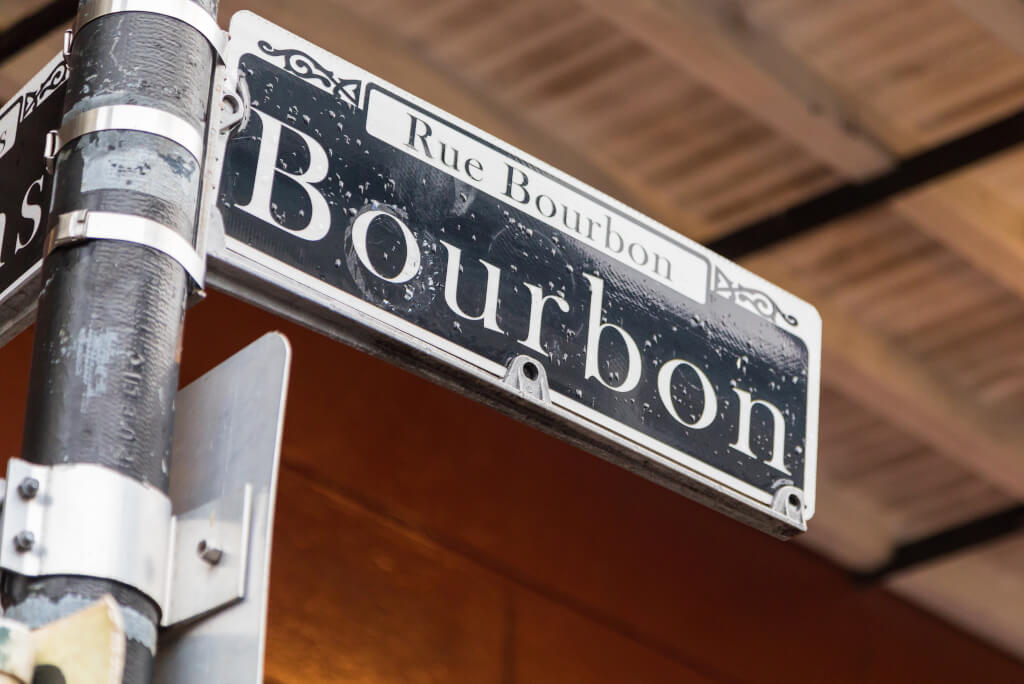Whiskey connoisseurs, listen up: we have something special for you! In this article, we will present the most important information about the history of America’s beloved brown spirit.
If Not America, Then What?
Bourbon can only be legally produced in the USA. Yes, only whiskey made in the United States may legitimately be called bourbon. That bourbon has to be “produced in the USA from a grain combination containing not less than 51% corn” was written into law by Congress in 1964.
The rules are somewhat stringent as well. Bourbon whiskey must be produced from a grain mash consisting of at least 51% maize and matured in fresh and toasted oak barrels, according to federal regulations.
The rationale underlying these regulations is protectionist, plain and simple. Since the 18th century, bourbon has been produced in the United States, and it has since become an integral element of American culture. Over $500 million worth of bourbon is sent worldwide annually, making it a significant export.
If You Had a Doctor’s Note, You Could Drink Bourbon During Prohibition
The United States government, which was staunchly opposed to alcohol usage, made some exceptions to the Volstead Act. Rabbis and priests, for instance, had access to limited quantities of wine for ritual purposes, and those with a doctor’s note may acquire tiny quantities of bourbon. For many Kentucky distilleries, this crucial loophole was the only thing that allowed them to survive the arduous thirteen years of Prohibition.
It’s a Popular Misconception That All Bourbon Must Come From the Bluegrass State
Although most bourbon comes from Kentucky, it can be brewed in any of the 50 states. The state’s water, which is filtered through limestone, is widely regarded as being optimal for the distillation of bourbon. It’s sometimes said that bourbon must be matured for at least seven years, but that’s just fiction. While most bourbon manufacturers mature their whiskey for at least four years, the actual minimum age for bourbon is unknown.
Using a Bourbon Barrel More Than Once is Against the Law

For reasons laid out by the feds, bourbon must be matured in new, charred oak barrels, which are then thrown away after the whiskey has reached its full potential. The proliferation of bourbon barrel-aged craft beers in recent years can be partially attributed to the fact that the majority of bourbon distilleries resell their used barrels to various alcohol makers when they are done using them.
Bourbon County Had Never Produced Bourbon Before 2014
The birthplace of bourbon, Kentucky, had remained dry as a bone since the Volstead Act was signed in 1919. Paris, the county capital, was dry until 2014 when an independent distillery named Hartfield & Co. began for business.
The Bourbon Family Has Deep Roots in France
The precise beginnings of bourbon’s creation are a little of a mystery, as is the case with many origin tales. Distilling was first brought to Kentucky by the French in the late 1700s, and this much is known.
It’s popularly believed that Bourbon County, Kentucky is where the term “bourbon” was first coined. However, Bourbon County was founded decades after the creation of bourbon whiskey. The French royal family, the House of Bourbon, inspired the county’s name.
The Tarascon brothers are major figures in one of the better-attested origin stories of bourbon. The brothers had made their living as Cognac distilleries in their native France. In 1789, they relocated to Louisville, Kentucky, where they began producing whiskey and maturing it in charred oak barrels. The brothers wanted bourbon to taste like Cognac, therefore they came up with this method to achieve that goal. Some have speculated that the brothers named their new spirit bourbon in an attempt to associate it with the prestige and refinement of France.
The Brothers Named the Spirit After the Street on Which They First Marketed It, Bourbon Street, in New Orleans
Whatever the case may be, the French origins of the word are likely correct given that practically all references to bourbon in Kentucky at the time can be traced back to the House of Bourbon.
Bourbon Must Legally Include at Least 51% Maize

The federal government requires 51% corn in all bourbon mash (the component that produces sugar), which helps the United States maintain its position as the world’s leading producer of maize. Furthermore, the restrictions ensure that bourbon remains as pure as possible by forbidding the addition of any additional coloring, flavoring, or other types of spirits.
Distilleries’ Contributions to the War Effort
To combat the hand sanitizer shortage brought on by Covid-19, several distilleries have begun producing hand sanitizer instead of whiskey. In the 1940s, numerous American bourbon distilleries faced a similar predicament and decided to make Penicillin instead to contribute to the war effort.
There were over 125 bourbon distilleries in Kentucky during the war, and several of them contributed to the war effort by making penicillin. Dr. Alexander Fleming, a Scottish physician, and biologist, is credited with developing the drug and discovering penicillin’s antibacterial characteristics. By providing doctors with an effective means of treating bacterial infections, Fleming’s discovery revolutionized medicine and saved many lives.
The Bourbon Industry Had a Minor but Crucial Role in the War Effort by Contributing to the Production of Medicine
The only truly American distilled spirit is bourbon. It was on May 4, 1964, that Congress passed a resolution officially recognizing bourbon as a “distinctive whiskey produced in the USA,” meaning that no whiskey made anywhere else can be called bourbon or marketed as bourbon in the United States. As a result, the Federal Standards of Identity for Distilled Spirits established several regulations that distilleries must follow to be able to legally call their product “bourbon.” This matters a lot, so take it seriously.
Former President Harry Truman Drank Bourbon With His Morning Meal
From 1945 through 1953, Harry S. Truman led the United States as its 33rd president. He had a reputation for being easygoing and fond of cigars and bourbon.
He liked the latter so much that he began each day with a glass of it. A shot of Wild Turkey followed his massive meal of eggs, bacon, toast, milk, and cereal every morning. His day began at 5 a.m. The famous quote attributed to Truman goes as follows: “If you want a friend in Washington, get a dog.” This shows that he was not only a guy of great taste but also a man of humor.
It Was Subpar Bourbon That Popularized the Mint Julep

The vanilla, caramel, and oak flavors found in modern bourbons are some of the best. Not always has it been like this. Spirits were often bitter and fiery in the early days of bourbon production. Not every batch of moonshine was up to par due to issues in the distilling process brought on by inexperience, shortcuts, or inexpensive materials.
The Charcoal Filtering Method That Gives Bourbon Its Smooth Taste Was Perfected by Elijah Craig in 1821
Before that, the end product was frequently contaminated with impurities, methanol, and other harmful compounds. Bartenders would usually add sugar and mint to cover up the flavor. The mint julep, a drink made with this sugary mix, gained popularity in the 1920s and is now a traditional summertime drink.
A Third of a Bottle of Bourbon Just…disappears
There is a natural loss of around 1/3 of the overall product following 7 to 9 years of barrel aging due to evaporation of the bourbon, at a rate of about three to four percent each year depending on cellaring circumstances. The Angels’ Share is the share that is claimed to have made its way to heaven to quench the thirst of the heavenly hosts.
You now have a foundational knowledge of whiskey thanks to these five facts about bourbon. Why not pour yourself a glass now that you have a better understanding of this classic American beverage?

